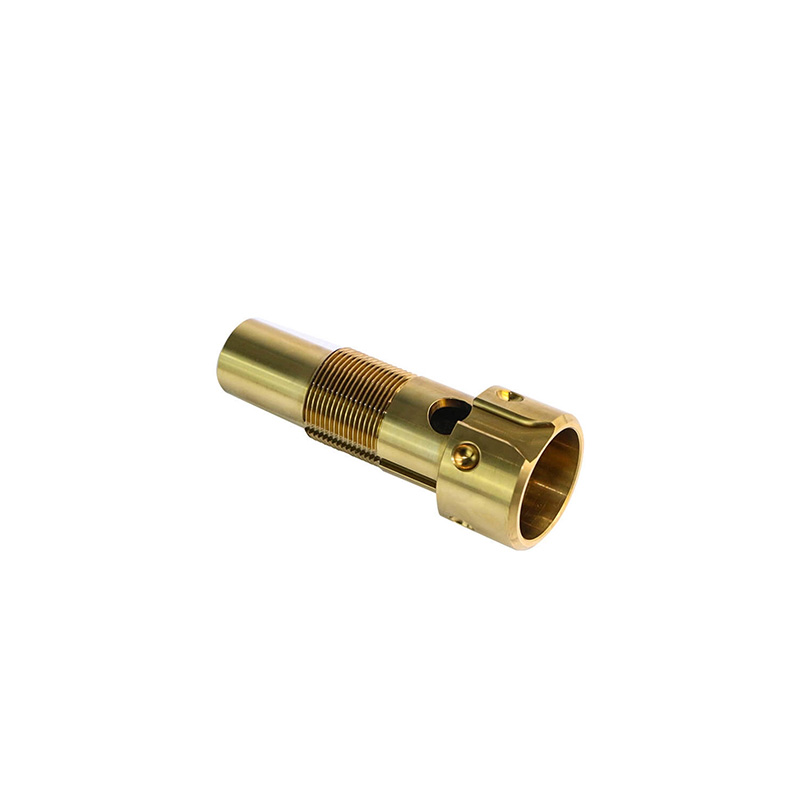
Ever wonder why some CNC lathes outperform others despite similar specs? The secret lies in understanding critical parts of CNC lathe systems and their hidden maintenance needs. Let’s explore these components that make or break your machining success.
Knowing these components isn’t just technical jargon—it’s profit protection. Miss one, and you risk costly downtime.
The spindle holds and rotates your workpiece. Its precision directly impacts cutting accuracy. According to machine tool studies, spindle issues cause over 40% of CNC lathe failures. Regular taper maintenance prevents micro-wobble that ruins surface finishes. Clean the spindle taper weekly with lint-free cloths and apply non-drying high-spot paste monthly :cite[6]. Pro tip: Never leave tool holders in spindles during downtime—it causes thermal distortion.
Chucks secure materials during machining. Exceeding rated speeds reduces clamping force by up to 60% :cite[3]. Weekly lubrication prevents jaw failure. Remember: Never machine parts larger than your chuck diameter—it’s a safety hazard. One manufacturer ignored this and had a 15kg workpiece crash through safety doors at 3,000 RPM. Scary stuff!
This rotating tool magazine positions cutting tools precisely. Our 2025 case study showed that misaligned turrets cause 90% of dimensional inaccuracies in automotive parts. Check turret alignment monthly using 0.0001″ dial indicators :cite[6]. Interesting fact: 12-station turrets handle most jobs efficiently, while complex parts may need 20+ stations :cite[5].
Tailstocks stabilize long workpieces. A neglected tailstock caused $28,000 in scrapped aerospace components last year. Maintain 0.001″ alignment tolerance through regular calibration. Use barrier programming to prevent collisions with chucks—many controllers like OSP 5000-LG include this feature :cite[9].
These components control axis movement. Contamination degrades accuracy faster than wear. One factory saved $12,000 quarterly by switching to polymer way covers. Monitor for unusual noises—grinding sounds often mean premature failure. Keep them lubricated!
Controllers (like Fanuc or Siemens) translate G-codes into motion. Surprisingly, 70% of programming errors originate from incorrect tool offsets :cite[9]. Always verify tool geometry before runs. Modern systems like OSP 5000-LG offer collision-avoidance barriers—use them religiously!
Nozzles direct cutting fluid precisely. KR20120015697A patents show angled nozzles improve tool life by 30% :cite[8]. Position them within 2″ of cutting points. Clogged nozzles? They’re the #1 cause of thermal cracking in carbide inserts.
Follow this monthly routine to prevent machining disasters:
| Feature | Belt-Driven Spindle | Direct-Drive Spindle |
|---|---|---|
| Max RPM | 5,000 RPM :cite[5] | 15,000+ RPM |
| Maintenance | Belt changes every 2,000 hrs | Virtually maintenance-free |
| Vibration | Moderate (belt harmonics) | Minimal |
| Cost Impact | 30% lower initial cost | Higher upfront investment |
Mistake 1: Ignoring taper cleanliness
Result: – Poor tool seating → 0.01mm runout → scrapped parts
Fix: Wipe tapers daily with ethanol-soaked lint-free cloths
Mistake 2: Overlooking barrier parameters
Result: – $24,000 collision in our Guangzhou plant last March
Fix: Set chuck/tailstock barriers in control software :cite[9]
Mistake 3: Using generic coolants
Result: – Nozzle clogging → thermal shock → insert fractures
Fix: Use filtered coolants and inspect nozzles weekly
Coolant nozzles. Operators assume they’re “set and forget,” but clogged nozzles cause 22% of insert failures. Clean them every 40 operating hours.
Typically 20,000 hours, but monitor for vibration increases. A 0.0003″ TIR jump means imminent failure.
Yes—with adjustments. Plastics require sharper tooling and air blast instead of coolant. Always check material compatibility :cite[2].
Understanding these parts of CNC lathe systems transforms operators into profitability guardians. Remember: Precision lives in the details—a clean spindle taper here, a calibrated tailstock there. Implement today’s checklist and watch your scrap rates plummet. What component will you inspect first?